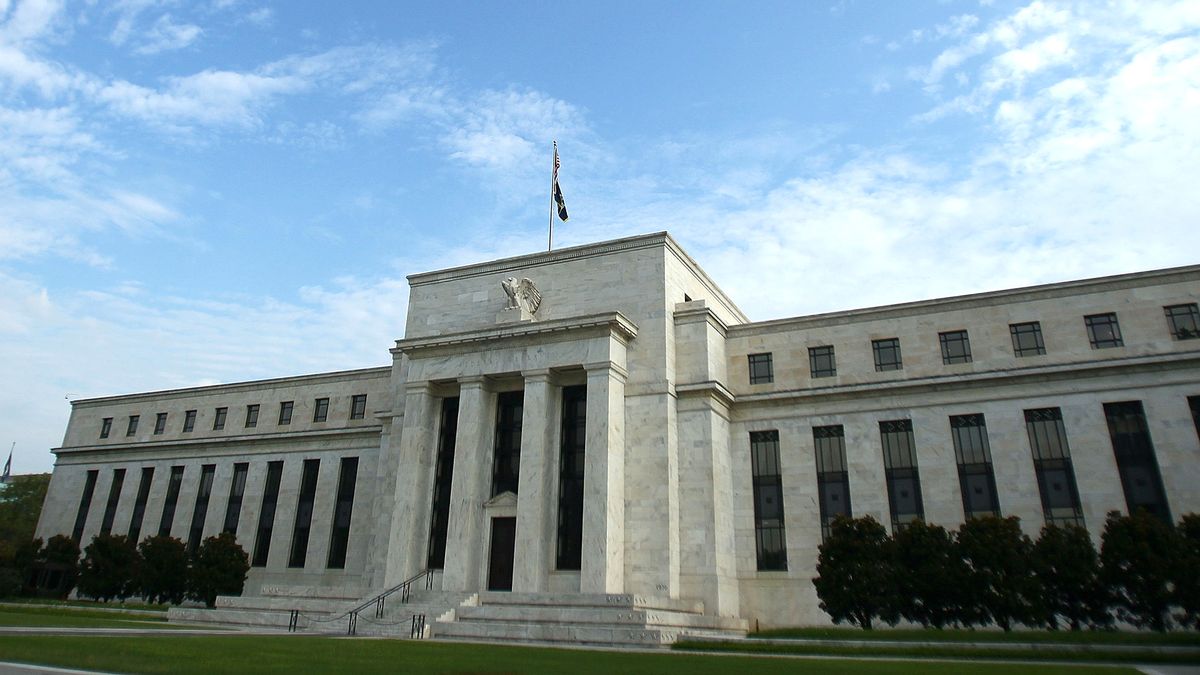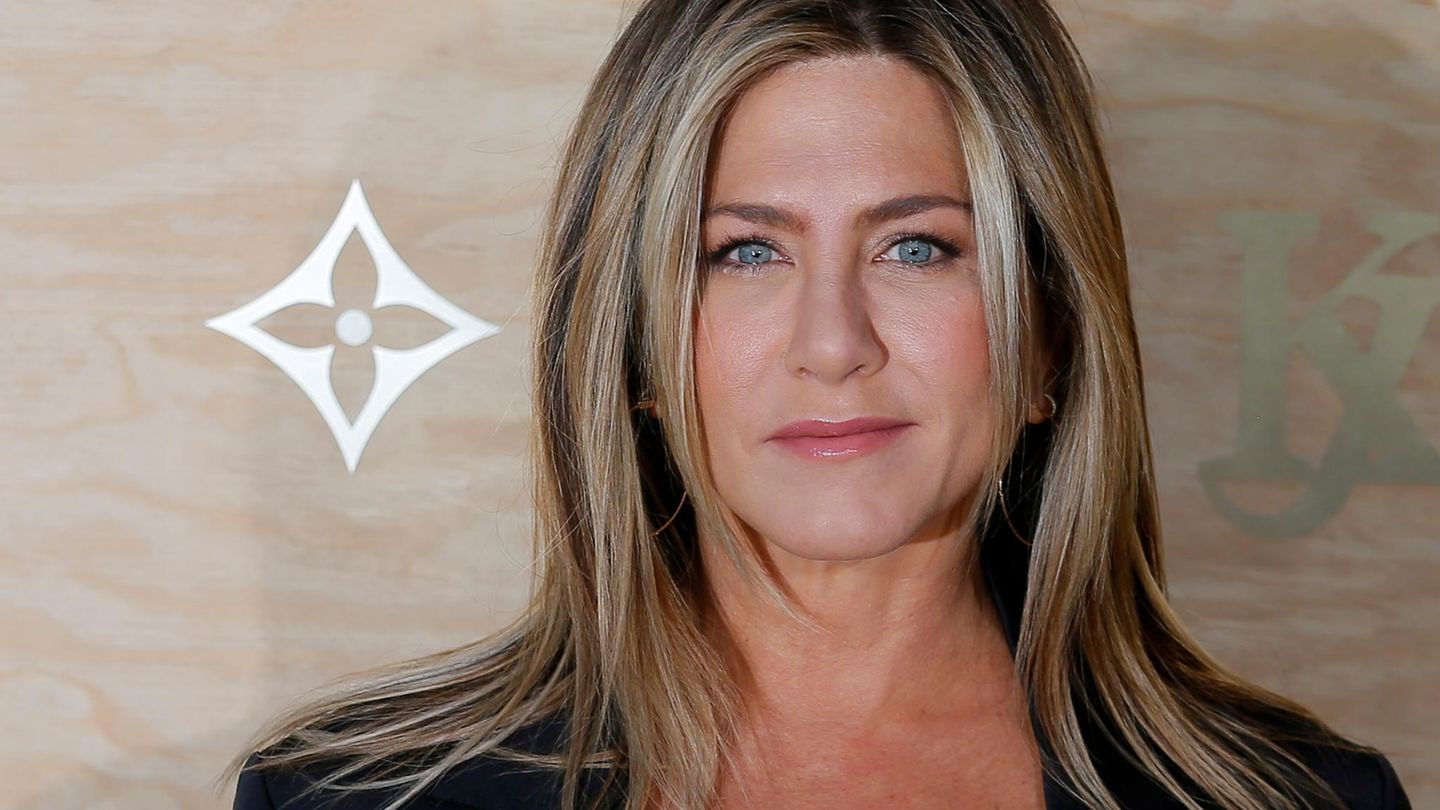In Bostic’s case, considered that the rates should be higher than 5% compared to the current level between 4.3% and 4.5%according to the Bloomberg news agency.
The last minutes of the Fed in December, in fact, showed that most officials project that rates will be above said range by the end of this year, with no forecasts of cuts in them, something that would only remain for 2024.
In addition, it was pointed out that the Fed needs “more evidence to be confident that inflation is on a sustainable downward path.”
Inflation last November was 7.1% per year, far from the Fed’s goal, although below the peak of 9.1% last June, which represented a record in more than 40 years.
With the objective of driving prices down, the Fed carried out one of the fastest rate hike periods in its history, with seven increases since March of last year, at which time, with the aim of boosting the economy in the face of the pandemic, were at levels close to zero.
The monetary authority plans to meet between January 31 and February 1 to adjust the reference rate again.
The market speculates that, with signs of slowing inflation, the Fed will continue with the increases but, instead of a new rise of 50 basic points like the one last December – the first in that range after a string of four increases of 75 points -, turn towards an upward modification of 25 points.
Precisely, in an interview with CNBC, Bostic was open, after the dissemination of yesterday’s employment report, to a rise in that range.
“They’ll probably continue to raise rates at the currency meeting later this month and again in March, but they’ll probably do it by 25 basis points instead of 50.”opined, for his part, the former governor of the FED, Randall Kroszner.
In addition to the monthly price index, another sign of moderation was given by the evolution of wages, whose increase in December was less than expected, as officially reported yesterday. This data gives more air to a FED that considers that they can push inflation upwards.
In the same way, The entity considers the good numbers in the labor market to be worrying, as there is an “imbalance” with an insufficient supply of workers compared to the demand. This, from the perspective of the FED, can also lead to an increase in salaries and, therefore, inflation.
The president of the Federal Reserve of Kansas City, Esteher George, indicated in this regard that Fed officials “will undoubtedly face more complicated decisions as the tradeoffs between inflation and employment become more apparent.”
“Recent data suggests that workers’ compensation growth has begun to slow,” said Fed Governor Lisa Cook.
Responding to fears of persistent inflation, he indicated that the agency needs to remain “vigilant to ensure that cost pressures linked to the pandemic and supply disruptions do not have long-term effects on inflation” since, otherwise, ” the inflationary expectations of firms and households could rise and put more pressure on inflation”.
Source: Ambito
I am a 24-year-old writer and journalist who has been working in the news industry for the past two years. I write primarily about market news, so if you’re looking for insights into what’s going on in the stock market or economic indicators, you’ve come to the right place. I also dabble in writing articles on lifestyle trends and pop culture news.




